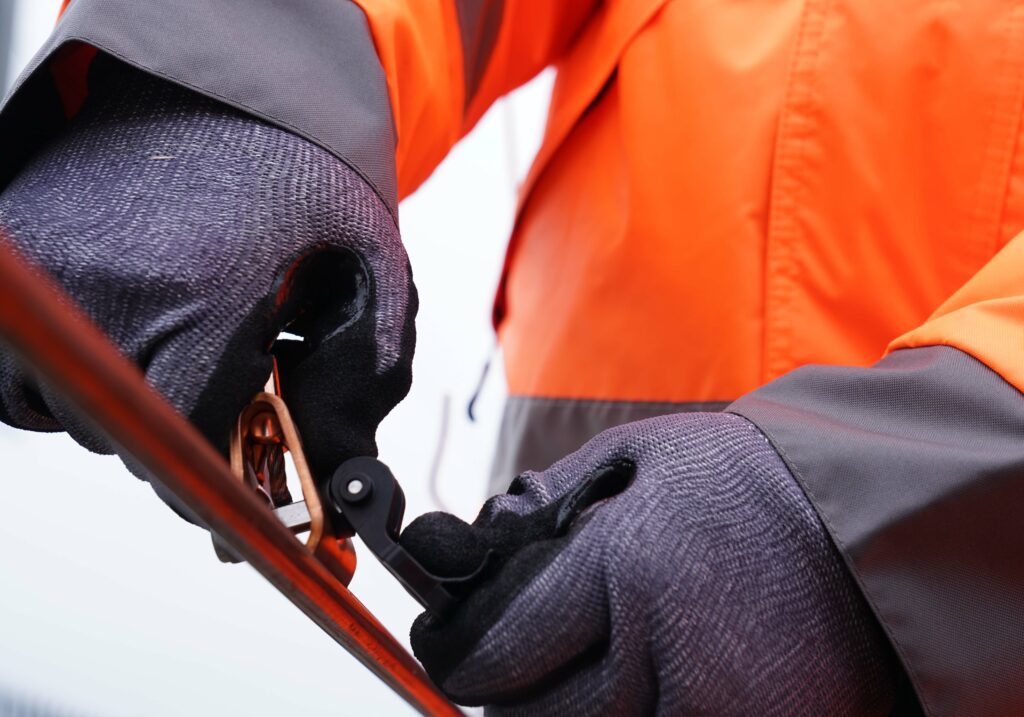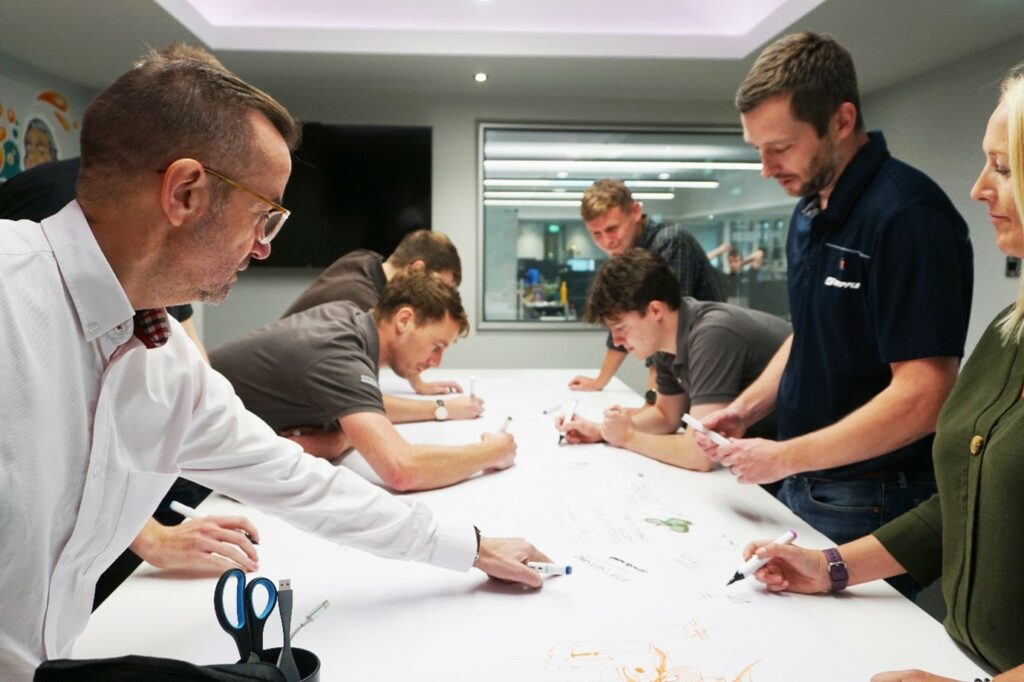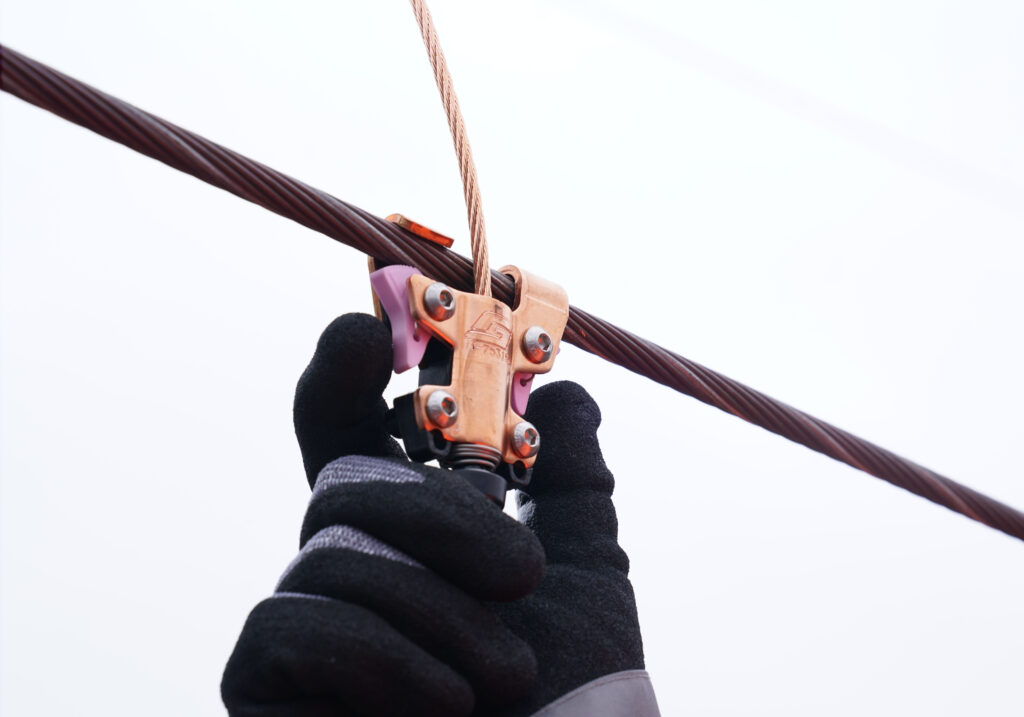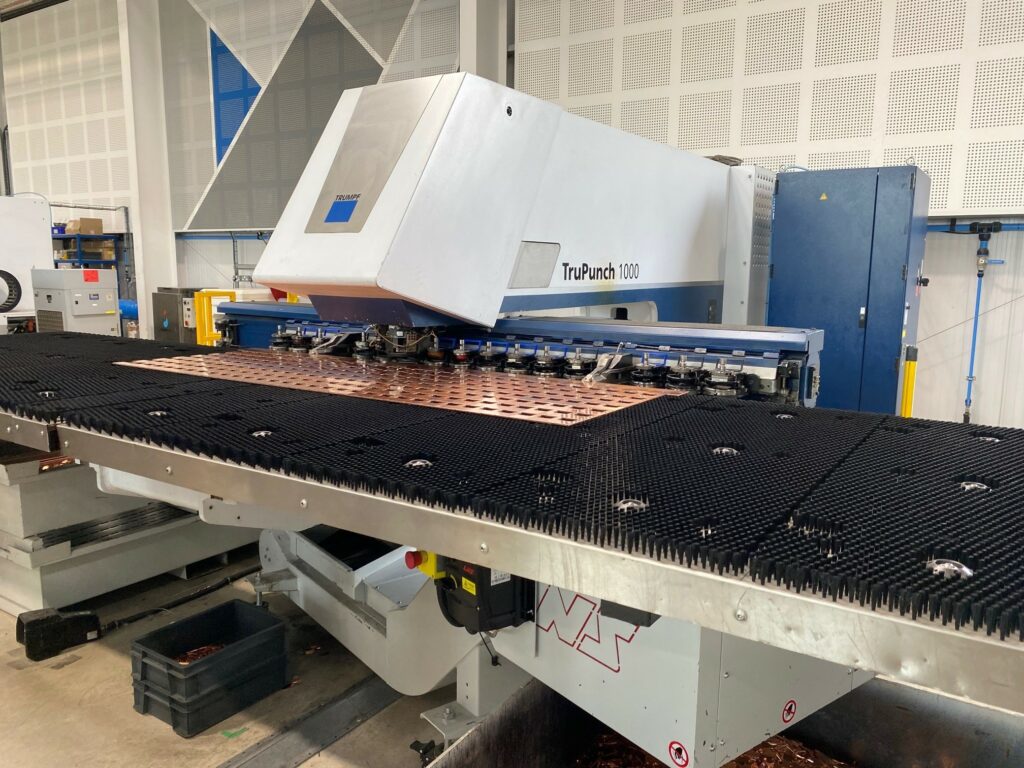In its final determination of Network Rail’s funding for Control Period 7 (2024-2029) (CP7), the Office of Rail and Road (ORR) says Network Rail must continue its efficiency initiatives to deliver the ambitious CP7 plan, and to deliver the best value within the available funding for CP7. The ORR also says the efficiency target of at least £3.2 billion is stretching and realistic. Network Rail has therefore set itself a renewal (capital expenditure) target of 15% and says the supply chain is key to delivery of this target. This will require challenging how everything is done and finding new suppliers and new ways of doing things.
This must be done carefully though, and there are many examples of the rail industry using suppliers and items new to rail that, while initially appearing to offer advantages and cost savings, eventually failed to offer the anticipated benefits. This is why the Product Approval process is required. The approval process can be lengthy and appear bureaucratic, and put some suppliers off, but a good example of something new which has recently been approved and offers great benefits is the Gripple SwiftLine Rail Dropper for Overhead Line Equipment (OLE).
OLE dropper
In rail electrification, the OLE dropper hangs vertically from the catenary at regular intervals. The catenary is the longitudinal wire which supports the contact wire via the droppers. The contact wire carries the electric current to the train via a train’s pantograph.
OLE maintenance possession windows are never long enough. So Gripple’s innovation team used its considerable experience with mechanical suspended solutions, and collaborated closely with rail OLE engineers and contractors, to develop the game changing SwiftLine Rail Dropper. This has been designed to be faster, safer, and easier to install than conventional OLE droppers. The dropper is supplied pre-cut and ready to go, therefore it can be installed quicker with no cutting or measuring required on site. The easy to use, plug and play, tool free design delivers a faster installation and offers reduced safety risk with less time working at height in the dark, which is when most of this work usually takes place.
The SwiftLine Rail Dropper can be fully installed up to eight times faster than traditional cable droppers and can then be adjusted left and right along the wire in seconds, using the lockable release cams, rapidly increasing the speed and efficiency of installation and repairs.

Gripple
Gripple is a manufacturer of wire joiners and tensioners used for construction suspension, catenary systems, trellising, and civil engineering as well as various engineered solutions for other infrastructure applications. The company employs over 1,000 people in 15 global locations and manufactures across seven sites in Sheffield, South Yorkshire.
The company was named Manufacturer of the Year at the Manufacturer MX Awards (TMMX) in 2022. Featuring 50 of Britain’s top manufacturing companies, the Awards encourage, benchmark, and celebrate manufacturing excellence. Gripple also came away with further awards, including Young Manufacturer of the Year 2022.
With additional manufacturing and sales hubs located in Chicago, Obernai, Warsaw, Toronto, New Delhi, and Kobe, Gripple is a 100% employee-owned company, with a strong focus on investing in people, innovation, and sustainable growth. In 2011, GLIDE was established, which is an employee-owned company representing employee owners at Gripple and its partner companies, Loadhog and GoTools. Founder and chair, Hugh Facey OBE, alongside vice Chair, Roger Hall, agreed to donate a significant portion of their shares into GLIDE, as part of the process of passing the company to the employees. Employee-owned through a direct ownership model, every employee is required to buy a minimum of £1,000 worth of shares after a year in the business.
GLIDE’s elected board of representatives have a number of core objectives; to protect and enhance the culture, to be custodians of GLIDE’s gifted shares, and decide on the best way to share dividend income with members, and to challenge the businesses in line with key performance principles, e.g. targeting sustainable business growth through innovation in new products and new markets. Employee owners are empowered to take responsibility for the business, to challenge and to ask questions, and ensure the business sustains for the long term benefit of current and future generations, and its customers.


Rail dropper development
Gripple had previous experience of working in the rail industry when it had used its ground anchors solution as a method of stabilising embankments. While working on these projects, it noticed many similarities between the problems OLE installers were having and problems it had already solved in the building services sector. When attending site, it could see the issues with OLE droppers and identified that Network Rail was also looking for a solution.
Gripple started to investigate whether its technology could benefit OLE installations, in the same way it had done for catenary suspension in the other markets. Gripple’s findings gave confidence that it could improve how rail droppers were installed and make the process much quicker, safer, and more efficient.
The University of Sheffield, a part of the UK Rail Innovation Network (UKRIIN) was approached to find out more about the rail industry’s challenges with electrification. This and other research, confirmed that installing rail droppers was one of the most time-consuming aspects of a rail project and one of the reasons that electrification rollout had been slow.
Nine design engineers brainstormed ideas and produced 20 concept ideas and drawings. These early concept ideas were presented to a group of industry experts, consisting of Network Rail employees, OLE contractors, and consultants. This allowed Gripple to design a product to meet Network Rail’s needs. The three concepts were selected to be carried forward and developed.
While developing the solution, regular meetings with rail industry stakeholders were organised to ensure the solution was steered in the right direction, based on the user requirements. Using their in-house 3D printers, Gripple was able to incorporate the feedback into the development and allow stakeholders to get ‘hands-on’ with the 3D printed prototypes of the product as the design progressed.
As further development took place, regular feedback was sought from OHL rail engineers and contractors. Once everyone was happy, a ‘concept freeze’ was initiated and the chosen concept was taken into the detailed design stage, allowing Gripple to work alongside Network Rail to ‘fine tune’ the product. This would ensure the product was as beneficial as possible for the customer and efficient to manufacture.
Challenges
One design challenge was the contact clamp torque. Historically, installers had experienced problems with the contact clamp not being set to the correct torque, as it had to be installed and set manually using a nut and bolt and hand tools to provide the clamping force. This was susceptible to user error. To address this Gripple developed their auto-torque contact clamp to guarantee ‘right first-time installation. This uses a lever which provides a pre-set clamping force so that the right torque was guaranteed every time.
Another challenge was to improve the speed of installations while still creating a fully conductive product. The design engineers developed the Gripple Volt Lock system, which is housed within the catenary wire top dropper and includes a roller which both grips the dropper wire and ensures constant contact with the copper housing of the product. This makes the product fully conductive.
Production
Once the final product design was agreed, Gripple made a business decision to invest and put the dropper into production. Product managers and product designers worked with the dedicated new product implementation team, which co-ordinated the production and launch with other departments within the company.
The next stage of product development was to identify the machinery and tools to produce the product, and develop plans for manufacturing and conduct trials. The operations teams undertook pilot build and packing trials, as well as finalising the production and manufacturing processes. Product managers tested the dropper product in a real-world environment at a Network Rail sites.
Once this was completed satisfactorily, the innovation team and new product implementation team handed the product designs over to production. The Norfolk Bridge Works in Sheffield was selected to carry out the bulk of the production as it had the largest capacity. Punch and press brake tools were both already in operation at the site to produce Gripple products already used in the construction industry. This meant that existing processes could be adapted to produce the SwiftLine Rail Dropper, rather than waiting for the delivery of completely new machinery.
Final assembly would then take place at Gripple Head Office at the Old West Gun Works in Sheffield. The Norfolk Bridge Works opened in 2021 as a modern manufacturing facility and features 442 solar panels, a green living wall, as well as a smart building management system. The Old West Gun Works became the Gripple headquarters in 1994 and the iconic building now houses wire rope and sling manufacture, packing and distribution, as well as IT, finance, supply chain, and people & culture teams.

‘Vertical integration’ is a key driver at Gripple and the company aims to manufacture and control as much as possible in-house. This includes the machines that produce products and gives Gripple greater control over their supply chain, helping to provide continuity to customers and protecting from external supply pressures.
For the SwiftLine Rail Dropper, Gripple worked with its sister company GoTools, which specialises in precision tooling and machinery. GoTools was able to quickly produce the required tooling, which allowed Gripple to meet the market’s timeframe requirements.
Testing
While the tooling was being produced, quality and testing teams worked together to ensure all the testing needed to meet Network Rail’s standards was in place. The product surpassed both the mechanical and electrical tests needed to meet the requirements laid out in BS EN 50119.
As well as the tests needed to meet Network Rail’s standards, additional testing was also undertaken to ensure Gripple were completely satisfied with the product. Salt spray and UV tests were undertaken to prove the product’s performance was sustained after exposure to the elements. High and low temperature tests (including an ice expansion test) were also undertaken to prove that the product can continue to perform in harsh environments. Cyclic tests were undertaken beyond the Network Rail standard to prove the product’s longevity.
Summary
Electrification has the potential to be a big contributor towards the UK meeting its environmental targets, and Gripple says the new SwiftLine Rail Dropper has the potential to revolutionise OLE installation and allow Network Rail and its contractors to significantly speed up the electrification rollout. Gripple is confident that its ‘game changing’ SwiftLine Rail Dropper is faster, safer, and easier to install than anything else on the market. Minimal product training is needed to use the easy-to-use, tool-free dropper. This makes projects simpler and safer thanks to less time spent working at height or in the dark. All this allows better control of electrification projects, getting more done in every possession window, and even bringing forward project completion dates.
Head Office
Gripple Ltd, The Old West Gun Works, Savile Street East, Sheffield, S4 7UQ, UK
CONTACT CUSTOMER SERVICE
+44 (0) 114 275 2255
Email: [email protected]
Website: https://www.gripple.com/products/rail/swiftline-rail-dropper/
Distribution Partner: https://www.unipartrail.com/electrification-and-overhead-line-equipment/
Photo / video credits: Gripple

